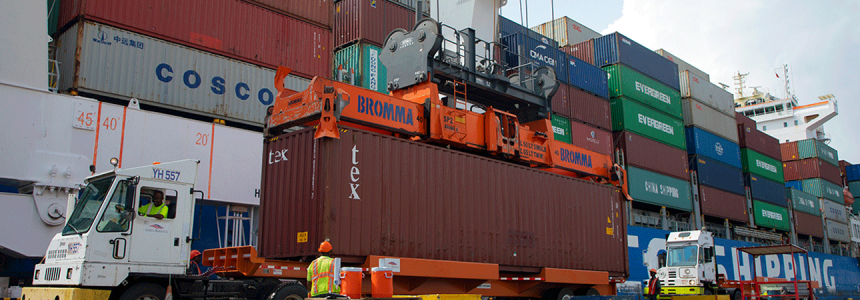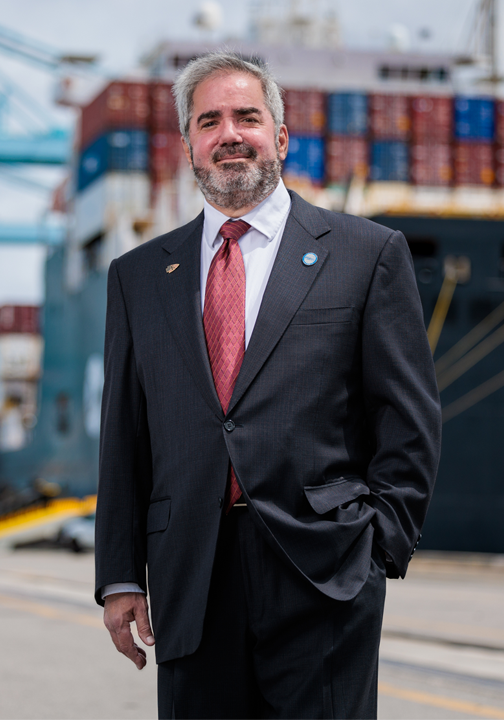News & Updates
President’s Message: June 2024


After setting back-to-back record cargo growth at Florida’s seaports, additional economic data continues to pour in showing just how big of an outsized role ports are playing as a major economic engine.
Last month we highlighted new economic impact studies out of JAXPORT and PortMiami showing the two seaports now producing $31 billion and $61 billion respectfully in economic output – far, far higher than their respective 2019 and 2016 studies.
Now Port Everglades is flexing its economic muscle with the release of its latest report showing $26.5 billion in economic activity and 10,778 direct local jobs – a 12 percent increase for the 2023 fiscal year.
While the ROI clearly shows that investing in Florida’s seaports is great for jobs and the economy, there is downward pressure on existing port infrastructure threatening to evaporate those successes.
Florida’s economic and population growth, combined with shifting trade lanes to the Atlantic and Gulf Coast away from mismanaged West Coast Trade lanes, are the key reasons Florida’s seaports face a capacity and efficiency challenge.
While Florida seaports have five-year capital improvement projects in the pipeline to offset the growing population and growth demands, many of those critical infrastructure projects are needed now.
History has proven that when faced with a challenge, Florida shows that it knows how to lead.
Florida faced a similar crossroad about 10 years ago. That’s when the Florida Legislature provided additional investments to help our ports prepare for accepting ships sailing out of the widened Panama Canal. By increasing statutory minimum investments, seaports and our partners at the Florida Department of Transportation (FDOT) were able to build necessary capacity projects to allow larger post-Panamax cargo ships to begin calling on Florida seaports.
Currently, state partners do not have additional resources in their Five-Year Work Program for priority seaport projects. The five-year capital improvement plan for Florida’s seaports exceeds $5 billion, with a priority project list of $320 million. Yet FDOT’s Five-Year Work Program allocates approximately $74-$78 million annually, with another $35 million set aside for debt payments.
Under this funding scenario, less than 10 percent of funding will be available to meet capital improvement projects over the next five years. Florida’s gap of growing seaport investments threatens to evaporate its current economic successes.
As I’ve often shared, maritime business is highly competitive, and businesses will look to our competitors to meet their needs. They will turn to Texas, a state that recently approved $200 million for 31 different port projects, or Georgia, which is expanding its Brunswick port facility to become the largest hub for auto imports, and now, they’ll also turn to Louisiana, which just created a $40 million statutory minimum for seaport investments and $1 billion in investments over the next five years.
Port directors at Florida’s 16 seaports understand the important role their ports play in our state’s economy, and ensuring they maintain an efficient port that can meet capacity needs of cargo calling, is always top of their minds. As economic development champions in their communities, they are widely supported by their local chambers of commerce, economic development leaders, local elected officials and others that understand that port-related jobs are essential to the livelihood of the place they call home.
Over the summer months, we’ll continue to share this message with elected leaders, and urge lawmakers to cede Florida’s seaport successes to neighboring competitive states.
Your support of Florida’s seaports is appreciated.
